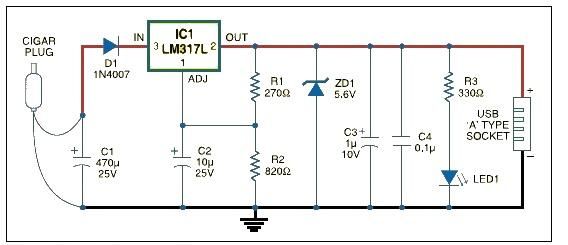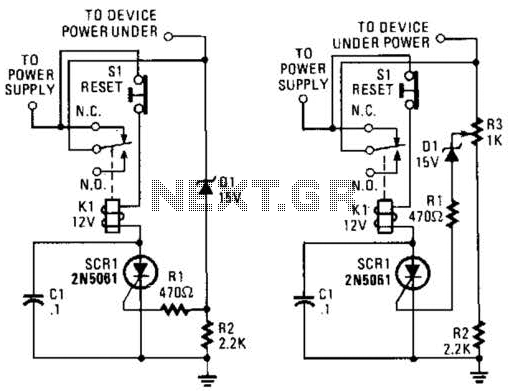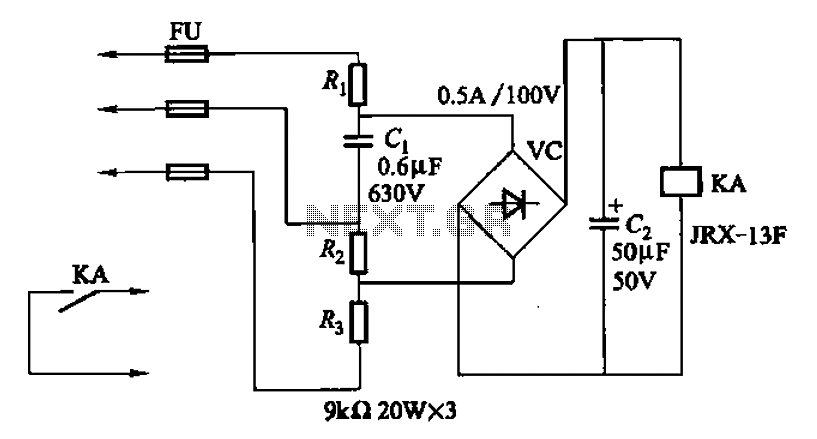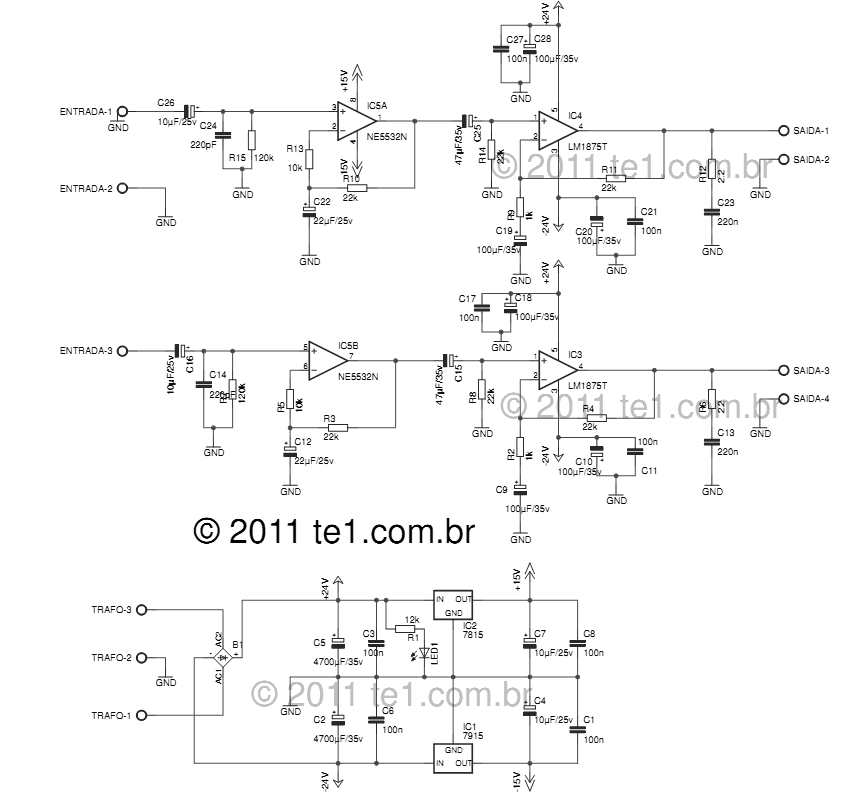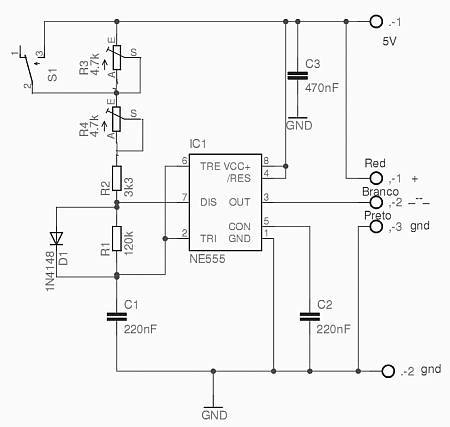
555 dual astable multivibrator circuit diagram
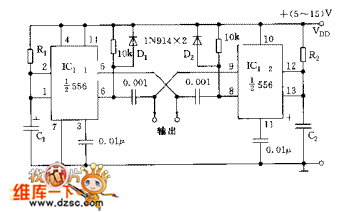
The circuit consists of two synchronized multivibrators formed by a pair of 555 timer circuits. It is capable of generating two synchronized pulse signals, with the spacing and frequency adjustable by modifying the time constant. The circuit offers flexibility and convenience. When C1 equals C2, the oscillation frequency is determined, while the duty cycle is influenced by the voltage.
The described circuit utilizes two 555 timer ICs configured in astable mode, allowing for continuous oscillation and generation of pulse signals. Each timer operates independently but is synchronized to ensure that the output signals maintain a specific phase relationship. The frequency of oscillation is primarily determined by the resistors and capacitors connected to each timer. In this configuration, the timing components (R1, R2, and C1 for the first timer, and R3, R4, and C2 for the second timer) can be adjusted to modify the frequency and duty cycle of the output signals.
When both capacitors (C1 and C2) are equal, the oscillation frequency of the circuit can be expressed by the formula:
\[ f = \frac{1.44}{(R1 + 2R2)C} \]
This indicates that by changing the values of R1, R2, and C, the frequency can be fine-tuned to meet specific application requirements. The duty cycle can also be calculated using the formula:
\[ D = \frac{R2}{R1 + 2R2} \]
where D represents the duty cycle as a percentage. This flexibility allows for a variety of applications, including signal generation, clock pulses for digital circuits, and timing applications.
The circuit's design ensures that the output signals are synchronized, which is crucial for applications that require precise timing between multiple signals. The 555 timer's reliability and ease of use make this configuration suitable for both educational purposes and practical implementations in various electronic projects. Additionally, the ability to easily modify component values makes this circuit adaptable to different operational conditions and requirements.The circuit includes two synchronized multivibrators which are composed ofone pair of 555time base circuits. The circuit can output two synchronized pulse signals,and the spacing and frequency can be changed by adjusting the time constant.
The circuit is flexible and convenient. When C1=C2=C, the oscillation frequency. The ducy cycle depends on the v.. 🔗 External reference
The described circuit utilizes two 555 timer ICs configured in astable mode, allowing for continuous oscillation and generation of pulse signals. Each timer operates independently but is synchronized to ensure that the output signals maintain a specific phase relationship. The frequency of oscillation is primarily determined by the resistors and capacitors connected to each timer. In this configuration, the timing components (R1, R2, and C1 for the first timer, and R3, R4, and C2 for the second timer) can be adjusted to modify the frequency and duty cycle of the output signals.
When both capacitors (C1 and C2) are equal, the oscillation frequency of the circuit can be expressed by the formula:
\[ f = \frac{1.44}{(R1 + 2R2)C} \]
This indicates that by changing the values of R1, R2, and C, the frequency can be fine-tuned to meet specific application requirements. The duty cycle can also be calculated using the formula:
\[ D = \frac{R2}{R1 + 2R2} \]
where D represents the duty cycle as a percentage. This flexibility allows for a variety of applications, including signal generation, clock pulses for digital circuits, and timing applications.
The circuit's design ensures that the output signals are synchronized, which is crucial for applications that require precise timing between multiple signals. The 555 timer's reliability and ease of use make this configuration suitable for both educational purposes and practical implementations in various electronic projects. Additionally, the ability to easily modify component values makes this circuit adaptable to different operational conditions and requirements.The circuit includes two synchronized multivibrators which are composed ofone pair of 555time base circuits. The circuit can output two synchronized pulse signals,and the spacing and frequency can be changed by adjusting the time constant.
The circuit is flexible and convenient. When C1=C2=C, the oscillation frequency. The ducy cycle depends on the v.. 🔗 External reference

